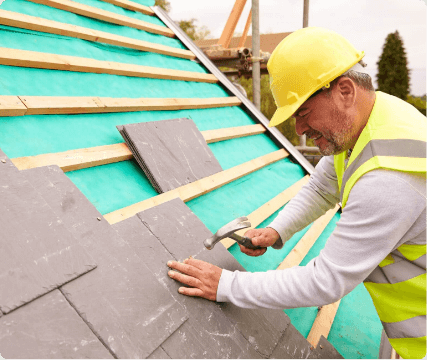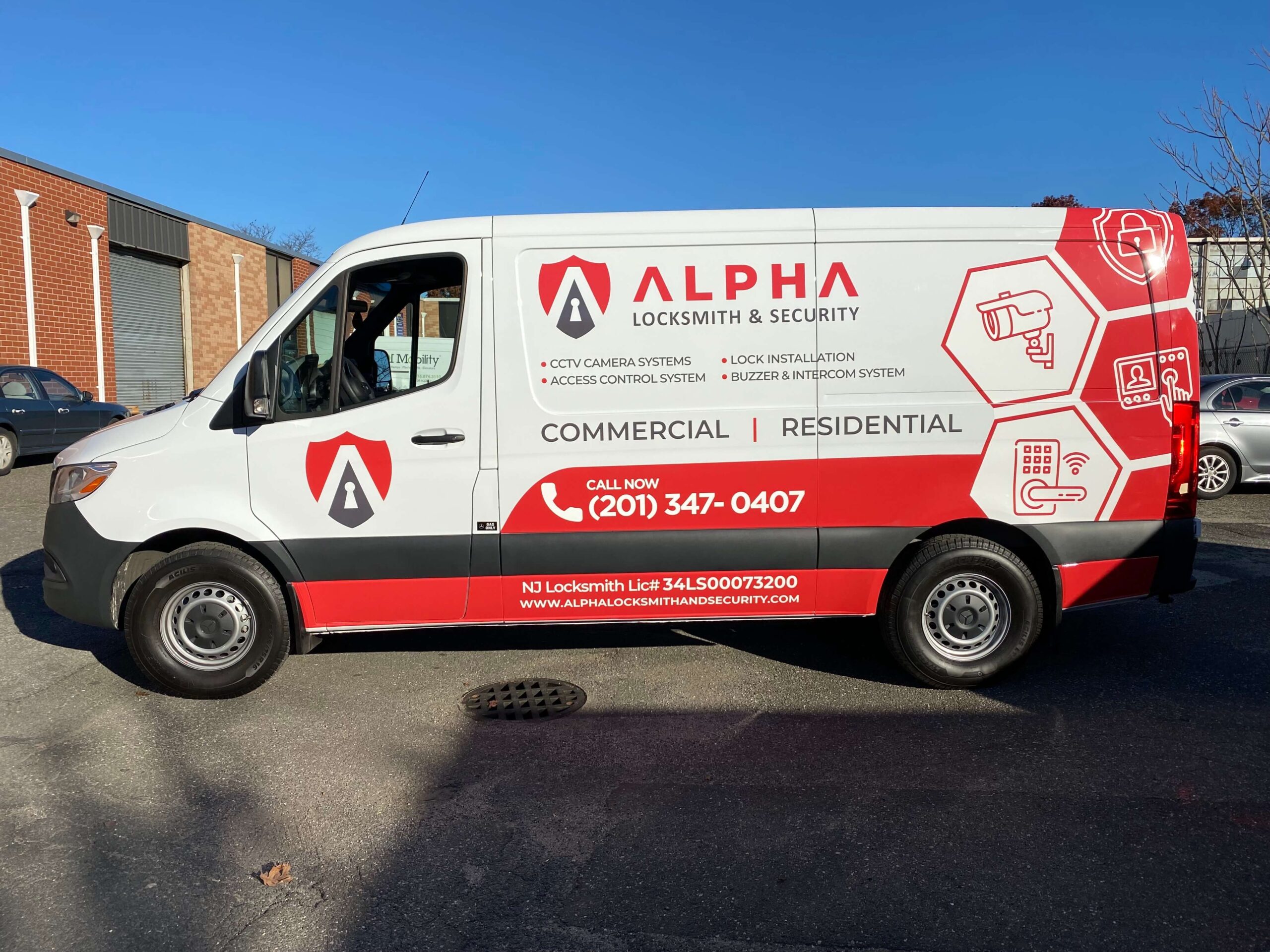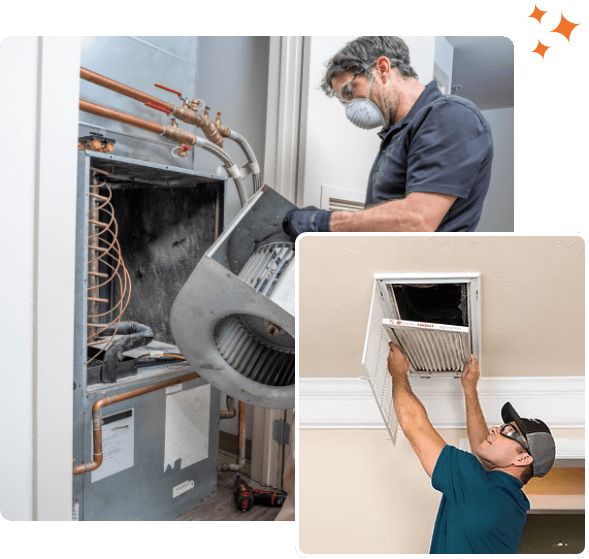Common Roof Problems in Westchester and How to Prevent Them

Strong 8k brings an ultra-HD IPTV experience to your living room and your pocket.
Westchester County, New York, is known for its beautiful landscapes, charming suburban neighborhoods, and a wide range of architectural styles. However, the weather in this region can be harsh, with cold winters, hot summers, heavy rainfall, and snowstorms that all contribute to roof wear and tear. Homeowners in Westchester need to be aware of common roofing problems in their area and take preventive measures to ensure their roofs stay in top condition. To help with this, it’s always a good idea to consult with roofing contractors in Westchester who can provide expert advice and services to maintain or repair your roof.
In this blog, we'll explore the most frequent roof issues in Westchester County, how they occur, and most importantly, what you can do to prevent them from affecting your home.
1. Roof Leaks
One of the most common and costly roof problems is leaks. A leaking roof is problematic because it allows water to seep into the home, which can lead to significant damage to the interior. In Westchester, leaks are often caused by harsh winter weather, heavy rains, and seasonal changes.
Causes of Roof Leaks:
Damaged shingles: Shingles are the first line of defense against water. When they become cracked, curled, or missing, they leave the roof vulnerable.
Clogged gutters: Blocked gutters cause water to back up under the shingles, leading to leaks.
Flashing failure: Flashing is the material used around vents, chimneys, and other roof penetrations to prevent leaks. Over time, flashing can rust or become loose, allowing water to infiltrate the roof.
Ice dams: In the winter, ice dams can form along the edge of the roof, causing water to pool under the shingles and eventually leak inside.
Prevention:
Regular roofing inspections: Schedule annual roof inspections, ideally in spring or fall, to identify potential problems early.
Gutter cleaning: Clean gutters regularly, especially in autumn when leaves and debris accumulate, to prevent blockages.
Install ice and water shield: If you live in a particularly snowy area of Westchester, consider installing an ice and water shield along the eaves to prevent ice dams from forming.
Prompt repairs: If you notice damaged shingles or flashing, get them repaired immediately to prevent water damage.
2. Roof Shingle Damage
Shingles are a crucial component of your roof's protective layer, but over time, they can become damaged due to weather conditions. In Westchester, the combination of snow, ice, high winds, and intense sun can cause shingles to deteriorate prematurely.
Causes of Shingle Damage:
Wind damage: Westchester is known for its strong winds, especially during storms. High winds can lift shingles, causing them to crack or blow away.
Sun exposure: Over time, the UV rays from the sun can break down the materials in asphalt shingles, causing them to crack and lose their protective granules.
Heavy snow and ice: Accumulation of snow and ice can weigh down shingles, causing them to crack or become misaligned.
Prevention:
Choose high-quality shingles: Invest in high-quality shingles that are resistant to wind, UV rays, and snow damage.
Install ridge vents: Installing ridge vents allows for proper ventilation, which helps regulate the temperature in your attic and reduces the chances of shingle damage due to thermal expansion.
Inspect for loose or damaged shingles: Regularly check for missing or damaged shingles, especially after storms. Replace them as soon as possible to avoid further issues.
3. Poor Roof Ventilation
Proper roof ventilation is crucial for maintaining the integrity of your roof. In Westchester, where the climate can fluctuate drastically between seasons, attic ventilation becomes especially important. Without proper ventilation, your roof can suffer from issues like mold, mildew, and premature shingle aging.
Causes of Poor Ventilation:
Blocked vents: Vents can become clogged with debris like leaves, dust, or even bird nests, preventing the airflow needed for proper ventilation.
Inadequate vents: If your home lacks enough vents to allow air to flow freely, heat and moisture can build up in the attic, causing problems.
Improper insulation: When insulation is not properly installed, it can block airflow and prevent the attic from staying cool in the summer and warm in the winter.
Prevention:
Install soffit and ridge vents: These vents allow air to flow through the attic, preventing the buildup of heat and moisture.
Keep vents clear: Regularly inspect attic vents and ensure that they are free of debris or obstructions.
Proper insulation: Ensure that your attic has the right amount of insulation, as improper insulation can lead to temperature fluctuations that damage your roof.
4. Moss and Algae Growth
Moss and algae can become a problem on roofs in Westchester, especially in areas with high humidity, shade, or poor drainage. These growths can cause long-term damage to the roof's surface and reduce its lifespan.
Causes of Moss and Algae Growth:
Moisture retention: In shaded areas, moisture tends to stay on the roof longer, promoting the growth of moss and algae.
Lack of sunlight: Roofs that are shaded for most of the day are more prone to moss and algae, as sunlight helps dry out the roof and prevent these growths.
Roof debris: Leaves and other debris on the roof can retain moisture and create a breeding ground for algae and moss.
Prevention:
Clean your roof regularly: Use a soft-bristle broom or a roof cleaning solution to remove debris from your roof.
Install zinc or copper strips: Zinc and copper have natural properties that inhibit the growth of moss and algae. These strips can be installed at the peak of the roof to slowly release metal particles that prevent growth.
Ensure proper drainage: Ensure that gutters and downspouts are working correctly to prevent water from pooling on your roof.
5. Flashing Issues
Flashing is the metal material installed around roof penetrations like chimneys, vents, and skylights to prevent water from leaking into the home. Over time, flashing can become damaged, leading to water infiltration.
Causes of Flashing Issues:
Age and wear: As flashing ages, it can deteriorate or become loose, allowing water to leak in.
Improper installation: If flashing is not installed correctly, it may not create a tight seal around roof penetrations, leading to leaks.
Weathering: In areas like Westchester, where temperatures fluctuate dramatically, flashing can contract and expand, leading to cracks and gaps.
Prevention:
Inspect flashing regularly: Check the flashing around chimneys, vents, and other roof penetrations for signs of damage or corrosion.
Seal gaps promptly: If you notice any gaps or cracks in the flashing, seal them immediately to prevent water from entering.
Use durable materials: Ensure that flashing is made from high-quality, durable materials like copper or aluminum, which are less prone to damage over time.
6. Ponding Water
Ponding water refers to standing water on your roof after a rainstorm. If water does not drain properly, it can accumulate in low spots, causing significant damage to your roof structure.
Causes of Ponding Water:
Clogged gutters: Blocked gutters can prevent water from draining properly, leading to standing water on the roof.
Roof slope issues: A roof that does not have a proper slope can cause water to collect in certain areas rather than draining away.
Debris buildup: Leaves, branches, and other debris can obstruct the flow of water, leading to ponding.
Prevention:
Ensure proper roof slope: Make sure that your roof has a proper slope to allow water to flow off.
Clear gutters regularly: Clean your gutters at least twice a year to ensure proper water drainage.
Inspect for low spots: Have a roofing professional check your roof for low spots where water may accumulate, and address them as needed.
7. Tree Damage
Trees can be a beautiful addition to your landscape, but they can also pose a risk to your roof, especially during storms. Falling branches or debris can cause significant damage, and overhanging trees can accelerate wear on shingles.
Causes of Tree Damage:
Overhanging branches: Branches that touch or hang over the roof can scrape and damage shingles, especially during windy conditions.
Falling debris: Leaves, branches, and twigs falling on the roof can cause debris buildup in gutters, leading to blockages and water damage.
Prevention:
Trim overhanging branches: Regularly trim branches that are close to or overhang your roof to prevent damage from falling debris.
Clean up fallen debris: After storms or high winds, check your roof for fallen branches or leaves and clean them up to prevent buildup.
Conclusion
The roof is one of the most important components of your home, and regular maintenance is key to ensuring its longevity. By being aware of the common roofing problems in Westchester and taking preventive measures, you can protect your home from costly damage. Regular inspections, prompt repairs, and proper maintenance can keep your roof in good shape for years to come, saving you time, money, and stress.
If you're unsure about the condition of your roof or if you're experiencing issues, it's always a good idea to consult with roofing contractors in Westchester who can assess the situation and recommend the best course of action. With the right care and attention, your roof will continue to protect your home from the unpredictable weather of Westchester County.
Note: IndiBlogHub features both user-submitted and editorial content. We do not verify third-party contributions. Read our Disclaimer and Privacy Policyfor details.







